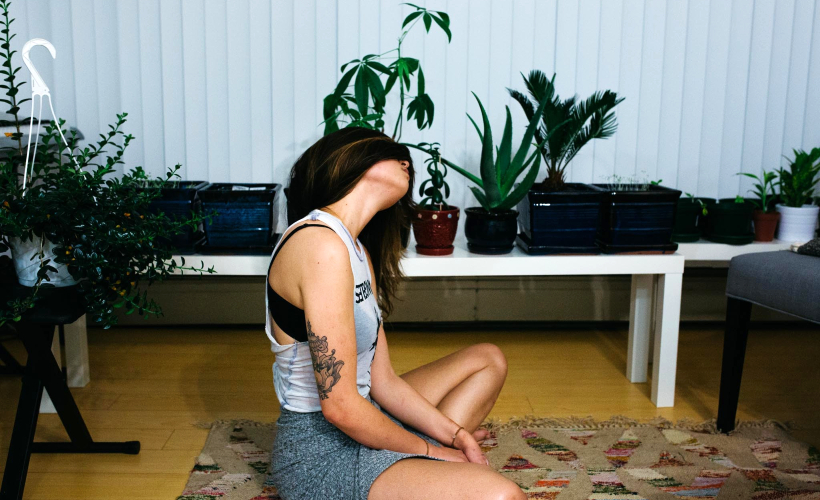
If you’re feeling all types of ways because of the COVID-19 pandemic and the resulting lockdowns, then meditation is exactly what you need. Now more than ever is the ideal time to start; especially if virtual workouts aren’t your thing. Learning how to return to the present while simultaneously quieting the mind is not only beneficial amidst the current drama, but will continue to be beneficial to you and your life even after the pandemic subsides – and remember, this too shall pass.
Understanding thought
An intriguing fact related to meditation is how the ancient yogis believed thought to be just another sense. So instead of five senses, they believed in six: sight, sound, smell, taste, touch, and thought… think about that properly for a second.
Would you spend an entire day immersed in your sense of smell only? That sounds ridiculous, doesn’t it? So then why do we spend not only entire days but weeks and months immersed only in our thoughts? Well, with all our time currently being spent at home, this happens all too easily.

The mind and body connection
What’s worse is that these thoughts can create physical feelings that can negatively impact your nervous system and immune system. The mind and body connection is real and can even lead to serious health problems. If you’re in doubt, go ahead and try this quick experiment: take several deep breaths in and out of your nostrils (really allow yourself time to breathe) then think about a negative memory and observe how you physically react.
Notice that your body automatically tenses but more importantly, notice where you tense.
Again, take several deep breaths in and out of your nostrils but this time, think about a positive memory and observe how you physically react. Maybe you start smiling or even laughing. Regardless of your physical response, you might understand clearer now how immediately your thoughts can affect you.
Luckily, you have the power to change that – even just faking a smile can trick the body into returning to a happy place. Try it the next time you notice yourself worrying!

Just breathe and take control
Back to meditation, there’s a common misconception that needs clarifying: the aim is not to not have thoughts. This is especially so if you’re new to meditation. Not thinking is literally the hardest thing you can do, and this misconception is often why people stop meditating. The aim is to learn how to switch from first-person to third-person. Instead of immersing yourself in your thoughts, you are attempting to disassociate from your thoughts – to enter a state of observance.
During this state of observance, you will (eventually) learn to not react to your thoughts but to instead understand why you’re thinking what you’re thinking and if it’s even a necessary thought. For example, many women believe they need to look like this or like that, but that thought was never theirs – it was planted there by the subconscious picking up on advertising around them. Once you’ve mastered this state of observance, then you can proceed to thoughtlessness.
If that sounds difficult to you, you can alternatively bring your attention to your breath throughout your meditation and notice if you wander back into your thoughts – if you do, just return to observing the breath. Alternatively, you can turn to Google and find guided meditations that appeal to you.
Oh, and here’s another fun fact to further motivate you to meditate: Harvard has literally proven how meditation changes the grey matter in the brain within just eight weeks of meditation! Now say it with me, aummm…



